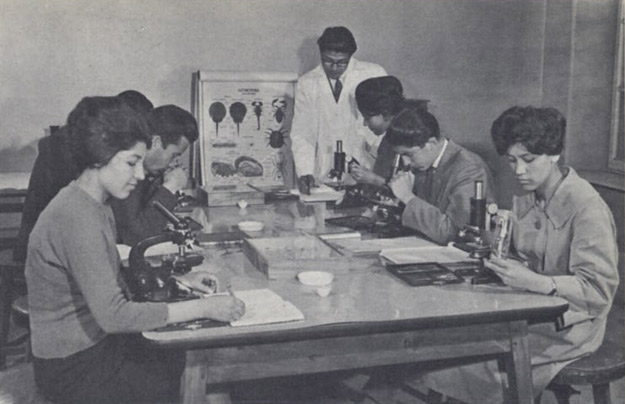By guest author Alfred L. McAlister, Ph.D.
The chapter on “War Fever” in the forthcoming International Handbook of Negotiation and Mediation (M. Gallucio, Ed., Berlin: Springer) analyzes the psychology behind ploys used to gain popular support for military aggression. These include:

- Invocation of a moral obligation
- Advantageous comparisons with worse actions by other nations
- The demonization of enemies
Usama Bin Laden described his followers’ attacks on the U.S. as a defense of threatened Palestinian people and children dying because of economic sanctions against Iraq, contrasted it with the U.S. atomic bombing of Japan at the end of World War II, and labeled the people of the U.S. and other Western nations as godless infidels.
In the U.S. attack on Iraq, the action was portrayed as a morally imperative act of self-defense, much less reprehensible than Saddam Hussein’s use of chemical warfare against his own people, while Hussein was depicted as a snake in political cartoons.
Following this pattern, Russian President Vladimir Putin and his followers justify the invasion of Crimea as a humanitarian act to protect threatened compatriots, contrast it with the certainly less defensible U.S. invasions of Afghanistan and Iraq, and describe the new leaders of Ukraine as terrorists and Nazis.
These patterns are predictable and, unless people learn to anticipate and reject them, will continue to be effective ways to stir up popular national support and make international excuses for military aggression.
Dr. Alfred McAlister’s essay “War Fever: How Can We Resist?” will be published this spring in the International Handbook of Negotiation and Mediation, edited by Mauro Gallucio (Berlin: Springer).



